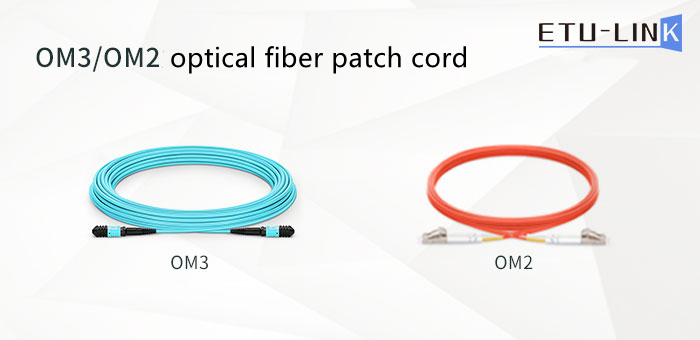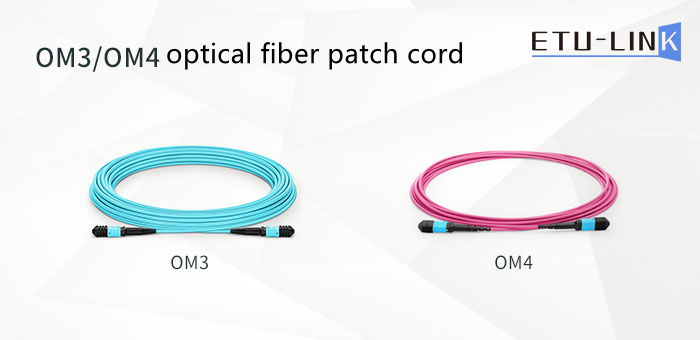
Analysis of related problems after optical fiber patch cord test
In this article, ETU-LINK will explain several problems that may occur after the optical fiber test is passed and the corresponding detailed analysis.
(1) Why does the optical fiber test pass, but the packet is still lost when the network is running?
In the standard selection, many users will make some obvious mistakes, such as not paying attention to whether the tested fiber is 50/125μm (OM2, OM3, OM4) or 62.5/125μm (OM1) during testing.

The requirements for the maximum loss value of the two kinds of aperture fibers are quite different, and the wrong selection of the optical cable test standard will directly lead to the change of the judgment threshold. For example, if the test link is 50μm fiber, the test standard is 62.5μm, and the application is 100base-fx, and the test result is assumed to be 10dB, the tester will give a PASS result, which should be a failure because it exceeds the 6.3dB threshold. This also explains the previous problem, that is, the test passed, but why the data is still lost when running.
(2) The optical fiber has reached the 10 Gigabit standard, why can't it support the 10 Gigabit speed?
Some users upgrade the network backbone, and they will upgrade the switch module and the server module, of course, they will also test the loss of the optical fiber in the network, which seems to be no problem in the method. In addition, the measured optical fiber meets the requirements of 10 Gigabit network, and the loss is less than the standard limit value, but the actual operation effect is still not ideal.
This is mainly because the mode bandwidth of the optical cable is not considered. The mode bandwidth of different optical cables represents the maximum bandwidth that can be provided within a certain distance. The larger the mode bandwidth, the greater the transmission rate within a certain distance. However, because many optical fibers are used in the past in the early years, the mode bandwidth was generally low, less than 160, which caused the speed to fail as long as the distance was long, although the loss was qualified at this time.
(3) The test loss is up to the standard, and there is no problem with the mode bandwidth. Why is there still a problem in actual operation?
We are prone to fall into a misunderstanding during the test. As long as the loss passes, the fiber is considered to be qualified, but this is not the case. Assuming such a situation, the standard design requires the link loss to be 2.6dB, but the test is due to the adapter head failure, the loss of an adapter head has reached more than 0.75dB, but the total link loss measured is still less than 2.6dB. At this time, if you simply test the loss, you may not be able to find the adapter problem, but the actual network usage will be due to adapter problems have greatly increased the transmission error rate.

The above are some problems that may occur after the optical fiber test passed by ETU-LINK. Generally, OM1 and OM2 have been widely deployed in in-building applications for many years, supporting up to 1GB Ethernet transmission; OM3 and OM4 cables are commonly used for wiring in data centers and support 10G or even 40G and 100G high-speed Ethernet.
Categories
New Blog
Tags
© Copyright: 2025 ETU-Link Technology CO ., LTD All Rights Reserved.

IPv6 network supported
Friendly Links:
易天官网